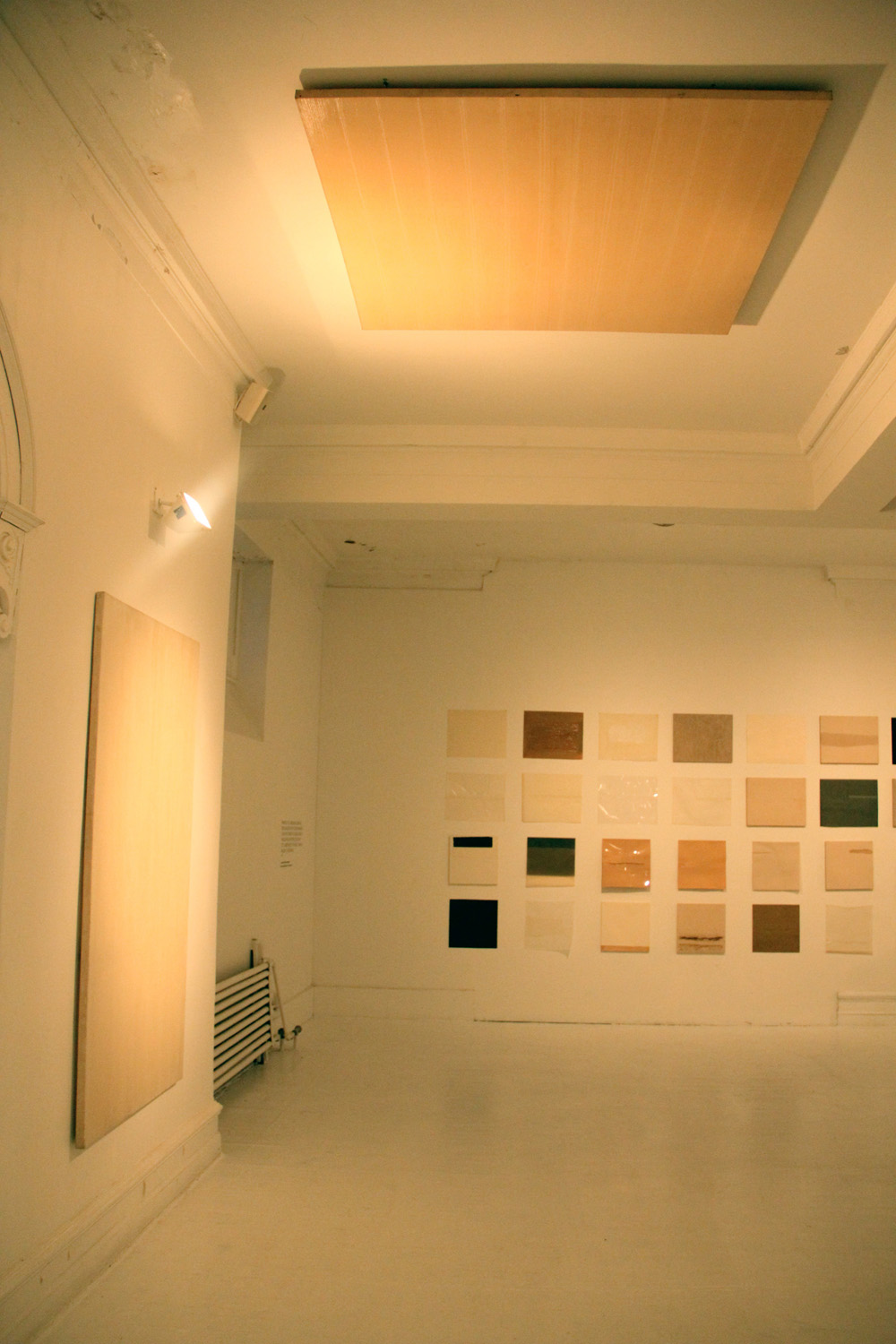Dale Henry: The Artist Who Left New York
The Clocktower Gallery presents Dale Henry: The Artist Who Left New York, an exhibition of painting, sculptural works and writing by Dale Henry, exhibited in the historic galleries of the Clocktower. The exhibition presents bodies of work not seen since the 1970’s, and in many cases, never shown.
Henry was a productive and respected figure in New York from the mid 1960’s to late 1970’s. His works were shown in leading institutions including the Clocktower Gallery and P.S.1 Contemporary Art Center, and his gallerist, John Weber, was highly regarded, championing artists including Sol Lewitt, Hans Haacke, Dorothea Rockburne, Mario Merz, Daniel Buren, and Alice Aycock. Henry worked primarily with paint, resin, glass and wood, creating diverse and challenging post-minimalist and conceptual works that not only embodied key artistic concerns of the period, but were often ahead of their time. Henry’s works were mostly conceived as parts of a cohesive series and installed site-specifically, while exploring, experimenting with, and deconstructing medium and light. Henry wrote extensively about his inspiration from Western painting and history, and his work’s resulting conceptual basis.
One of Henry’s most unusual and memorable works was his installation at P.S.1 for the 1976 inaugural exhibition, Rooms, in which he used decaying wall paint, carved walls and Fontana-style slits in the canvas to create site-specific paintings. He was one of the few painters included in the exhibition –most other artists were sculptors– and one of the few to create a true, three-dimensional installation through the medium of painting.
In spite of his artistic achievements, Henry became disenchanted with the commercialization of the art world, and felt that he was underappreciated and misunderstood by critics, dealers, and even his peers. In 1986, he permanently left New York for the remote town of Cartersville, Virginia. There, Henry all but stopped making work, instead dedicating the last decades of his life to obsessively inventorying, annotating, packing, and organizing his oeuvre. He hoped to bequeath the work to someone who would take it on as a project, and keep it outside of any commercial appraisal or venture. He eventually determined that Alanna Heiss, and the Clocktower Gallery, should be this individual. Henry gradually cut all ties with all but a handful of friends and peers, and died in September, 2011, a nearly forgotten artist.































